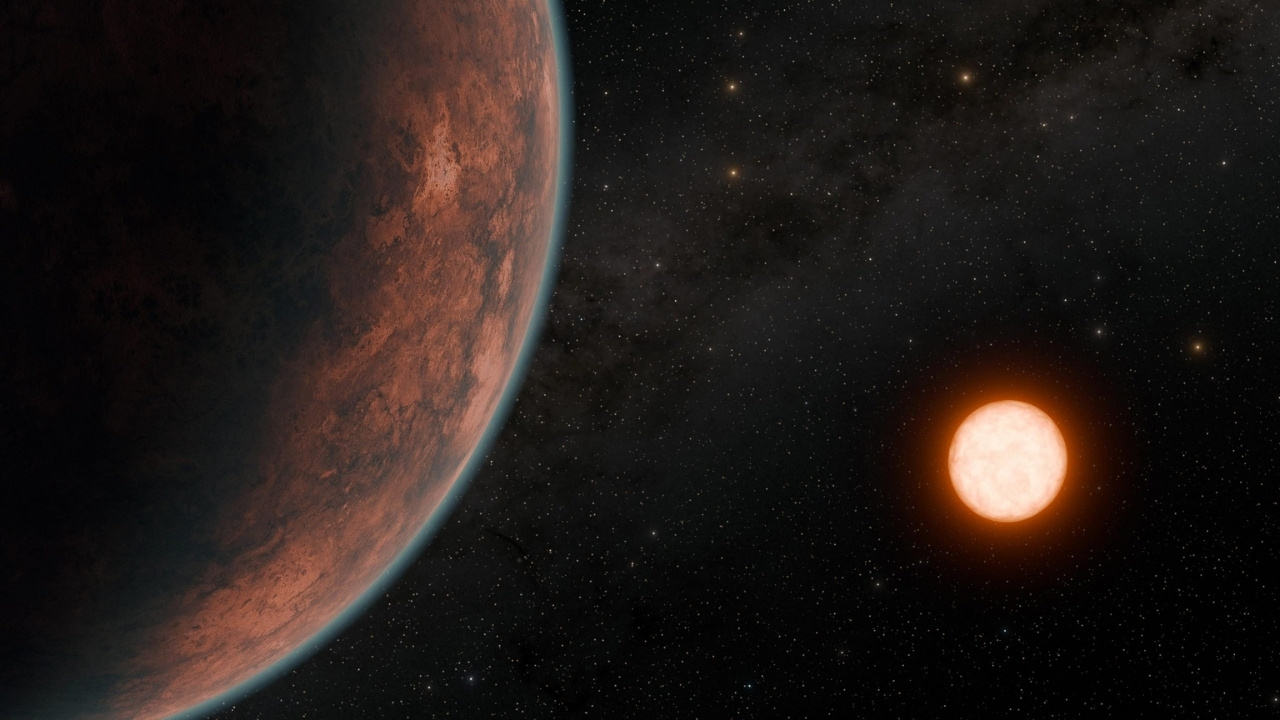
What is a lightyear? A lightyear measures distance, not time. It represents how far light travels in one year. Light moves at an incredible speed of about 186,282 miles per second. Over a year, this adds up to roughly 5.88 trillion miles! Imagine trying to wrap your head around that vastness. Lightyears help astronomers understand the immense distances between stars and galaxies. Without this unit, talking about space would be even more mind-boggling. From our closest star, Proxima Centauri, to the farthest reaches of the observable universe, lightyears make the cosmos a bit more comprehensible. Ready to learn more? Buckle up!
What is a Lightyear?
A lightyear measures distance, not time. It represents how far light travels in one year. This unit helps astronomers understand vast cosmic distances.
- A lightyear equals about 5.88 trillion miles (9.46 trillion kilometers). That's a lot of zeros!
- Light travels at 186,282 miles per second (299,792 kilometers per second). Imagine moving that fast!
- It takes light from the Sun about 8 minutes to reach Earth. This means we see the Sun as it was 8 minutes ago.
- The nearest star, Proxima Centauri, is 4.24 lightyears away. Even at light speed, it would take over four years to get there.
Lightyears in Astronomy
Astronomers use lightyears to map the universe. This unit helps them describe distances between stars, galaxies, and other celestial objects.
- The Milky Way galaxy is about 100,000 lightyears across. That's a huge neighborhood!
- Andromeda, our closest galaxy neighbor, is 2.537 million lightyears away. It's on a collision course with the Milky Way.
- The observable universe is about 93 billion lightyears in diameter. That's the part we can see with our telescopes.
- Light from the most distant galaxies we can see has traveled over 13 billion years to reach us. We're looking back in time.
Lightyears and Space Exploration
Understanding lightyears helps scientists plan space missions and study the universe's history.
- Voyager 1, the farthest human-made object, is about 0.002 lightyears from Earth. It's been traveling for over 40 years.
- If we could travel at the speed of light, it would still take over four years to reach the nearest star. Space is vast!
- The Hubble Space Telescope can see objects billions of lightyears away. It gives us a glimpse into the universe's past.
- Future space missions aim to explore exoplanets within a few lightyears of Earth. These missions could find signs of life.
Lightyears and Time
Lightyears also help us understand the concept of looking back in time. When we observe distant objects, we're seeing them as they were in the past.
- When we look at the Andromeda Galaxy, we see it as it was 2.537 million years ago. We're peering into ancient history.
- The light from the Sun takes 8 minutes to reach us. So, we always see the Sun as it was 8 minutes ago.
- Observing distant galaxies lets us study the early universe. We can learn how galaxies and stars formed.
- Some stars we see in the night sky might have already exploded. Their light is still traveling to us.
Fun Facts about Lightyears
Lightyears can be mind-boggling, but they also lead to some fascinating facts.
- If you could travel at the speed of light, you'd circle Earth 7.5 times in one second. That's faster than any plane!
- The term "lightyear" was first used in 1838 by German astronomer Friedrich Bessel. It's been a key concept in astronomy ever since.
- Lightyears help us measure the vast distances in space. Without them, describing the universe would be much harder.
- The concept of lightyears shows how interconnected space and time are. Einstein's theory of relativity explains this relationship.
Lightyears and Popular Culture
Lightyears often appear in science fiction and popular culture, sparking our imagination about space travel.
- In "Star Wars," the Millennium Falcon makes the Kessel Run in less than 12 parsecs. A parsec is about 3.26 lightyears.
- "Star Trek" features warp speed, allowing ships to travel faster than light. This concept is based on lightyears.
- Many sci-fi stories use lightyears to describe interstellar travel. They make space adventures more exciting.
- Lightyears inspire artists, writers, and filmmakers to create stories about exploring the cosmos.
Lightyears and Technology
Advances in technology help us measure and understand lightyears better.
- Telescopes like Hubble and the upcoming James Webb Space Telescope can see objects billions of lightyears away. They expand our knowledge of the universe.
- Radio telescopes detect signals from distant galaxies. These signals travel across lightyears to reach us.
The Final Lightyear
Lightyears are more than just a cool term from sci-fi movies. They help us understand the vastness of space. One lightyear equals about 5.88 trillion miles. That’s a lot of zeros! Light travels at 186,282 miles per second, making it the fastest thing in the universe. When we look at stars, we’re seeing light that’s traveled for years, even centuries. Some stars we see might not even exist anymore. Lightyears also help scientists measure distances between galaxies. They’re crucial for understanding our universe's size and age. Without lightyears, space would be even more mysterious. So next time you gaze at the night sky, remember you’re looking back in time. Lightyears make the cosmos a bit more comprehensible. They bridge the gap between our tiny planet and the infinite universe. Keep exploring, keep wondering, and let lightyears guide your curiosity.
Was this page helpful?
Our commitment to delivering trustworthy and engaging content is at the heart of what we do. Each fact on our site is contributed by real users like you, bringing a wealth of diverse insights and information. To ensure the highest standards of accuracy and reliability, our dedicated editors meticulously review each submission. This process guarantees that the facts we share are not only fascinating but also credible. Trust in our commitment to quality and authenticity as you explore and learn with us.
